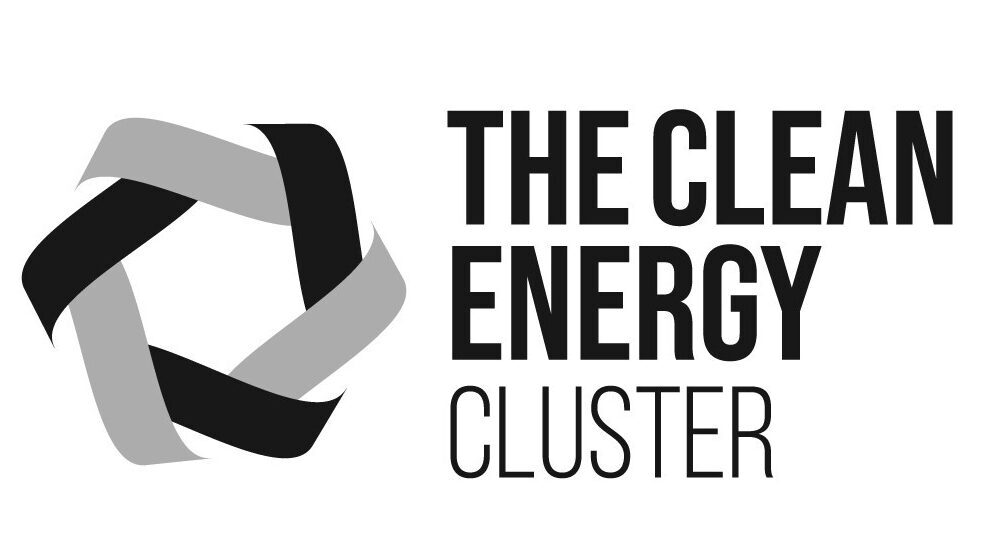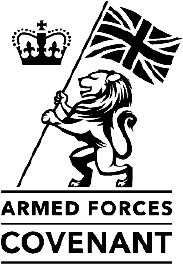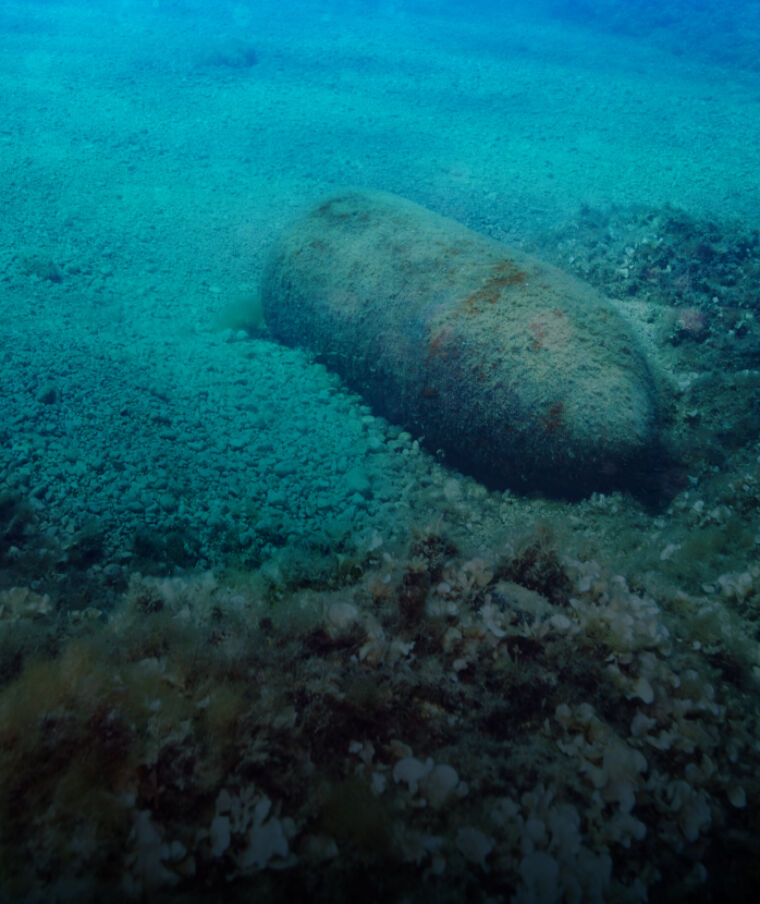Stage 2 - Survey
EODEX partners with specialist survey companies to offer both intrusive and non intrusive surveys to provide our clients with the most cost-effective, accurate information.
Once the potential threat has been fully understood, the correct form of survey can be identified. This can range from multibeam, gradiometer, magnetometer, Sub Bottom Imager (SBI), sonar and towed-seismic systems. The survey specification will be set to match the UXO threat and risk to the client’s scope of works.
Following the survey completion, EODEX partners with a specialist processing house to carry out unbiased data processing and subsequent analysis of the survey data. The risk of potential UXOs is then evaluated in order to identify targets which will require to be physically investigated and identified, this will take the form of a Master Target List (MTL). This MTL will be delivered in excel format with positional data including expected size and burial depth of targets. If the survey includes the SBI this will provide additional information such as target orientation and more accurate target depth of burial. This list of pUXO targets will be used as the guiding document for the following proposed physical target investigations.
Key points to note about a UXO survey include:
-
Purpose: to safely evaluate whether there are any unexploded items of ordnance present in a specific location. These surveys are crucial before any planned works or construction activities to minimise risk to personnel.
-
Methodology: During a UXO survey the ground is scanned or probed using geophysical techniques and the latest survey equipment. These techniques help to identify anomalies that may indicate the presence of UXOs.
UXO surveys are essential in the offshore wind industry, where wind farms are set to be constructed. Dealing with UXOs is a major part of any seabed clearance and ensures safe installation of wind turbines, export and inter-array cables. UXO surveys are also relevant in ports and infrastructure projects, where historical military activities may have left behind unexploded ordnance.
EODEX can also arrange for Cone Penetration Testing along with the use of acoustic based testing which can detect pUXOs buried as deeply as 7m below the seabed / riverbed. Whatever survey techniques are required, EODEX can organise and deliver either on standalone or on a “one stop shop” basis.








